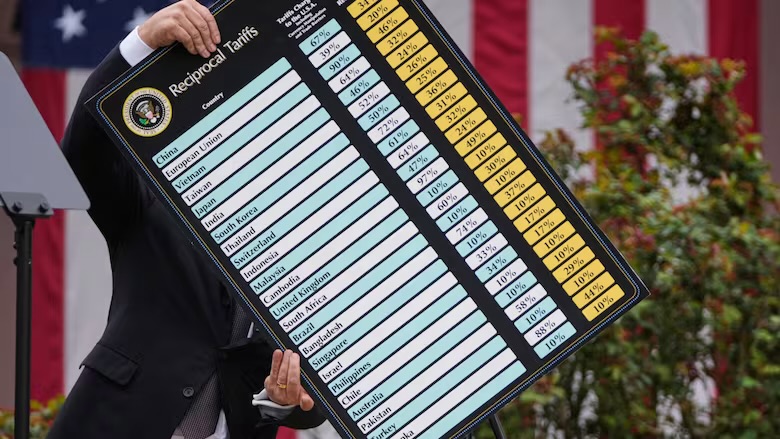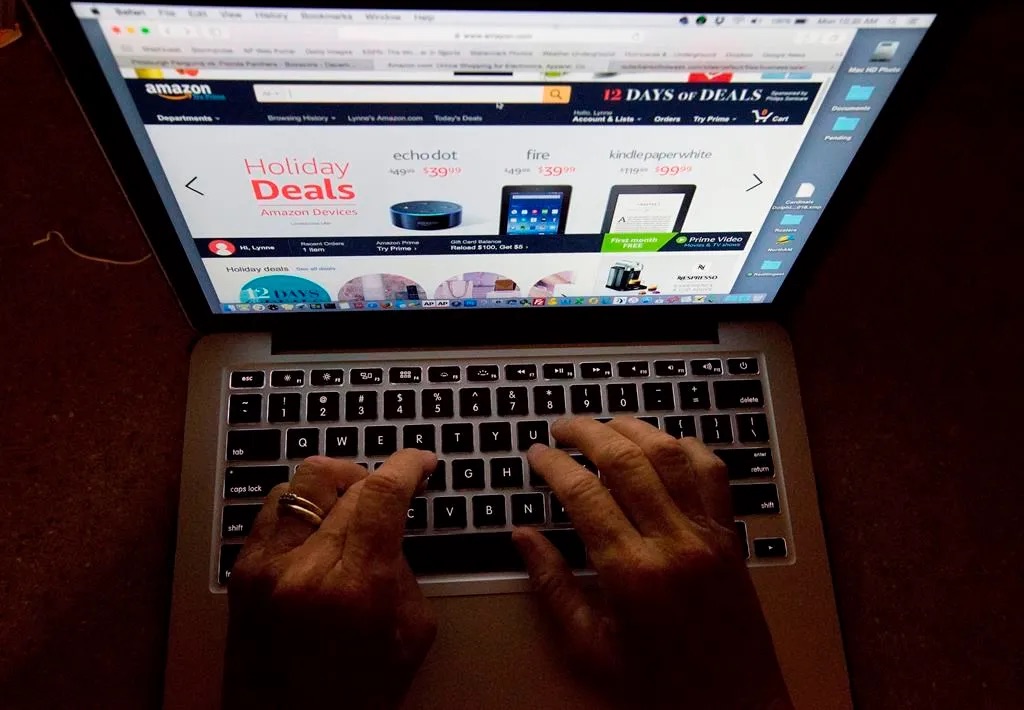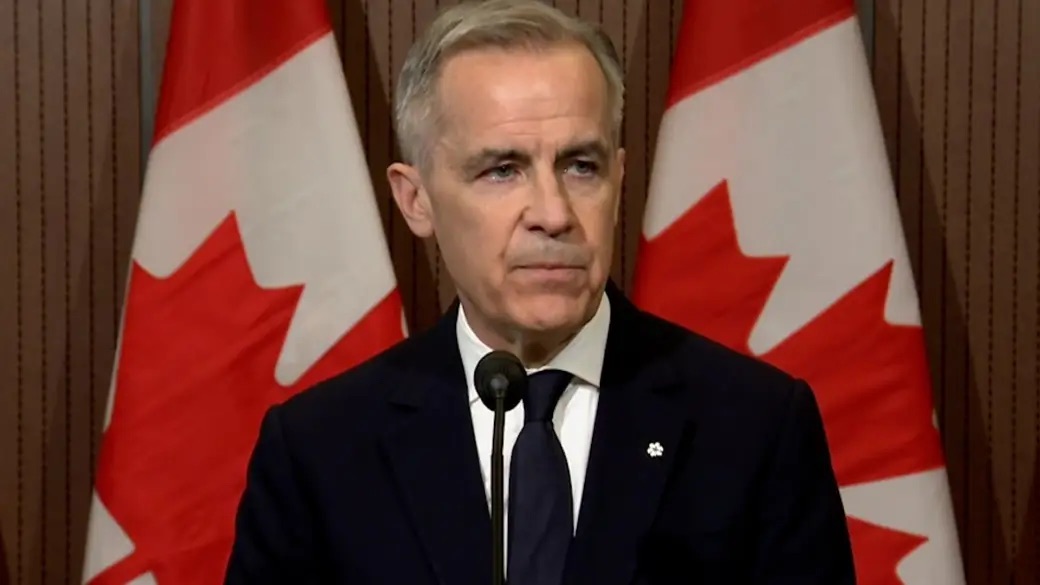In the early days of April 2025, as the world watched closely, a new chapter in international trade policy began to unfold. At the heart of the storm stood the concept of “reciprocal tariffs,” a term that had long simmered in policy circles but was now being propelled to center stage by a bold announcement from the U.S. government. With President Trump at the helm, a sweeping set of measures was revealed, aimed at recalibrating the balance of trade between the United States and its global partners.
The announcement came on April 3rd, 2025, when KL Gates published a detailed piece titled "President Trump Announces 'Reciprocal' Tariffs Beginning 5 April 2025." This article outlined the administration’s plan to implement initial tariffs of 10%, with the potential to escalate for countries deemed to have unfair trade practices. The move was positioned as a strategic push to enforce parity and protect domestic industries.
On the same day, Capital Economics weighed in with an analytical perspective in their article "Trump reciprocal tariff blow bigger than we expected." Their report delved into the economic ramifications, noting that the average tariff rate would rise to 19.1% and highlighting the disproportionate impact on certain regions and industries. Though partially behind a paywall, the insights offered a sobering look at the potential fallout.
Legal and regulatory implications were explored by Norton Rose Fulbright in their publication, simply titled "Reciprocal Tariffs." They broke down the mechanics of the new tariff structure, detailing how the baseline 10% rate would be replaced by higher, country-specific rates. Their analysis provided clarity on how these changes would be enforced and the possible legal challenges ahead.
Meanwhile, CBS News took a more accessible approach, publishing an article entitled "See the full list of reciprocal tariffs by country from Trump's Liberation Day list." This piece offered readers a comprehensive guide to the nations affected, illustrating how the tariffs would apply based on existing trade data and the administration’s new formula. The term “Liberation Day” used in the title underscored the political framing of the initiative as a reclaiming of economic sovereignty.
Finally, the official voice of the administration was captured in a White House fact sheet dated April 2nd, 2025. Titled "Fact Sheet: President Donald J. Trump Declares National Emergency to Increase our Competitive Edge, Protect our Sovereignty, and Strengthen our National and Economic Security," the document laid out the legal foundation for the tariffs under the International Emergency Economic Powers Act (IEEPA). It painted the tariffs not just as an economic tool, but as a national imperative.
Together, these articles form a mosaic of perspectives on a pivotal policy shift. Whether viewed through the lens of law, economics, or public communication, the rollout of reciprocal tariffs marks a significant moment in U.S. trade history—one that is sure to echo through boardrooms, courtrooms, and political halls for years to come.
- "President Trump Announces 'Reciprocal' Tariffs Beginning 5 April 2025" (KL Gates)
- "Trump reciprocal tariff blow bigger than we expected" (Capital Economics)
- "Reciprocal Tariffs" (Norton Rose Fulbright)
- "See the full list of reciprocal tariffs by country from Trump's Liberation Day list" (CBS News)
- "Fact Sheet: President Donald J. Trump Declares National Emergency to Increase our Competitive Edge, Protect our Sovereignty, and Strengthen our National and Economic Security" (The White House)









